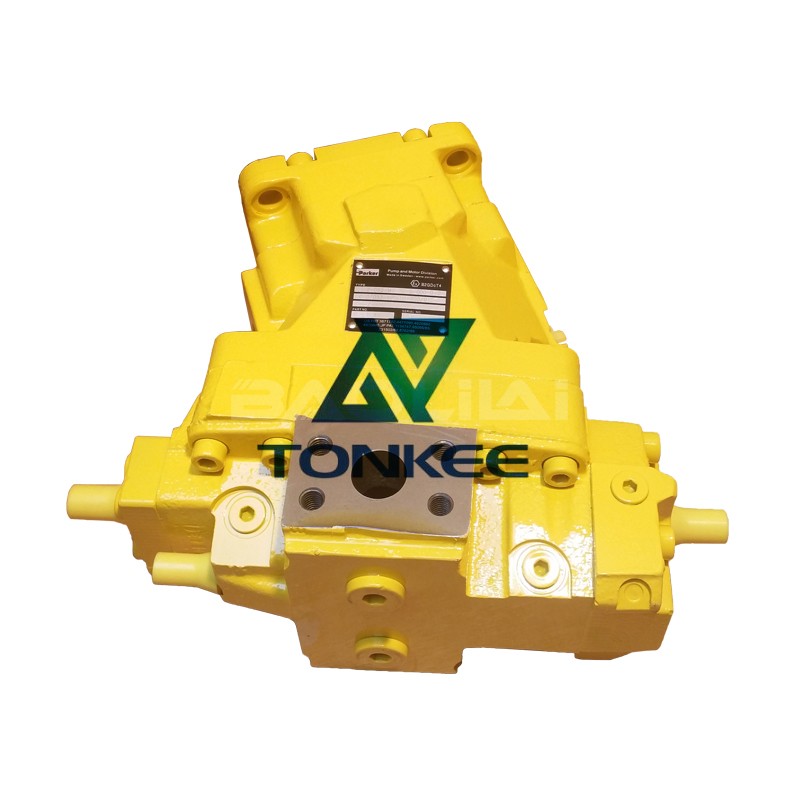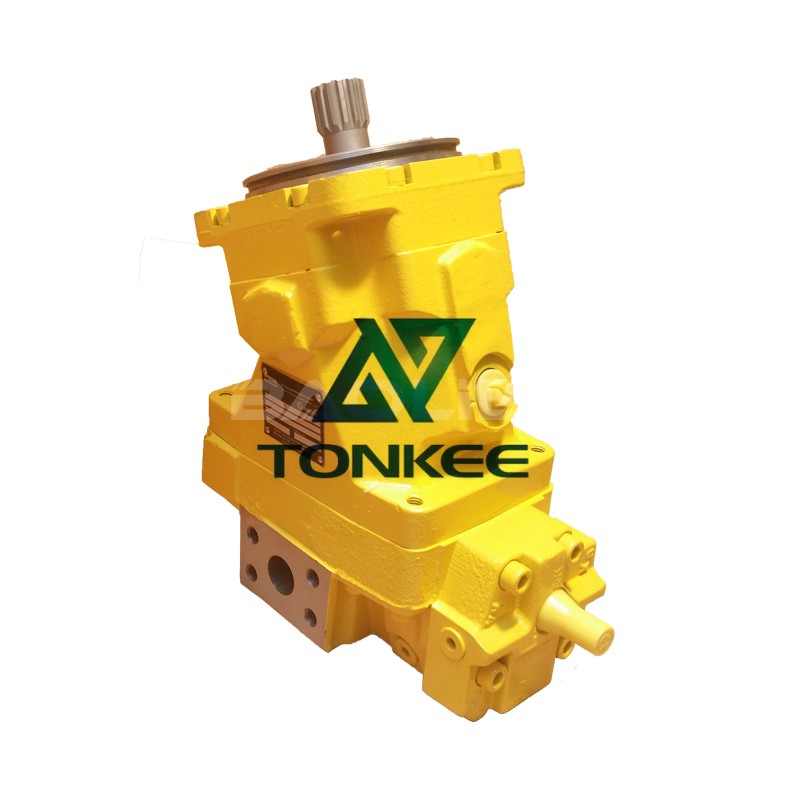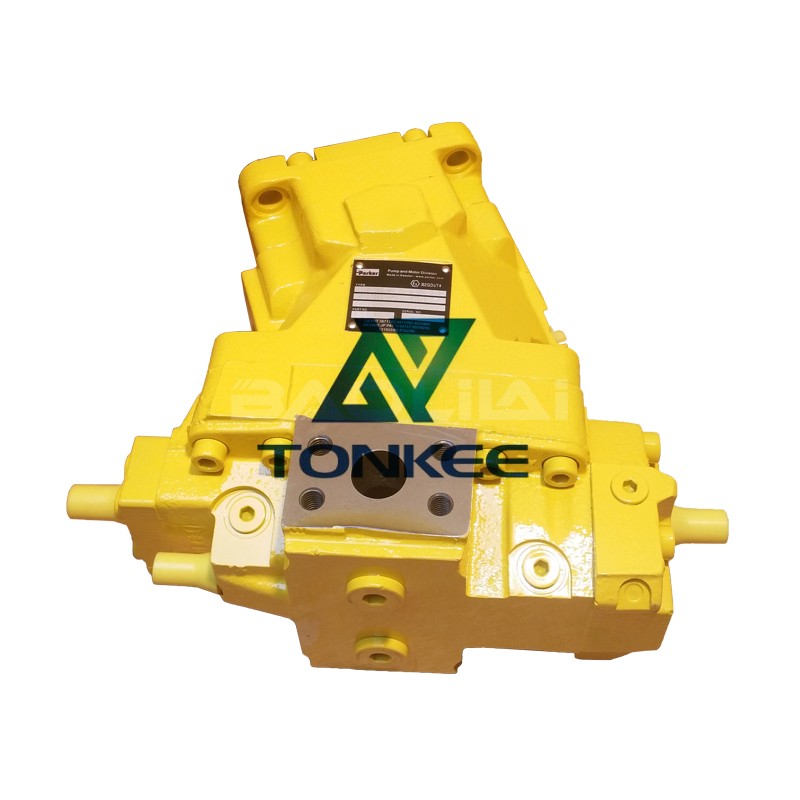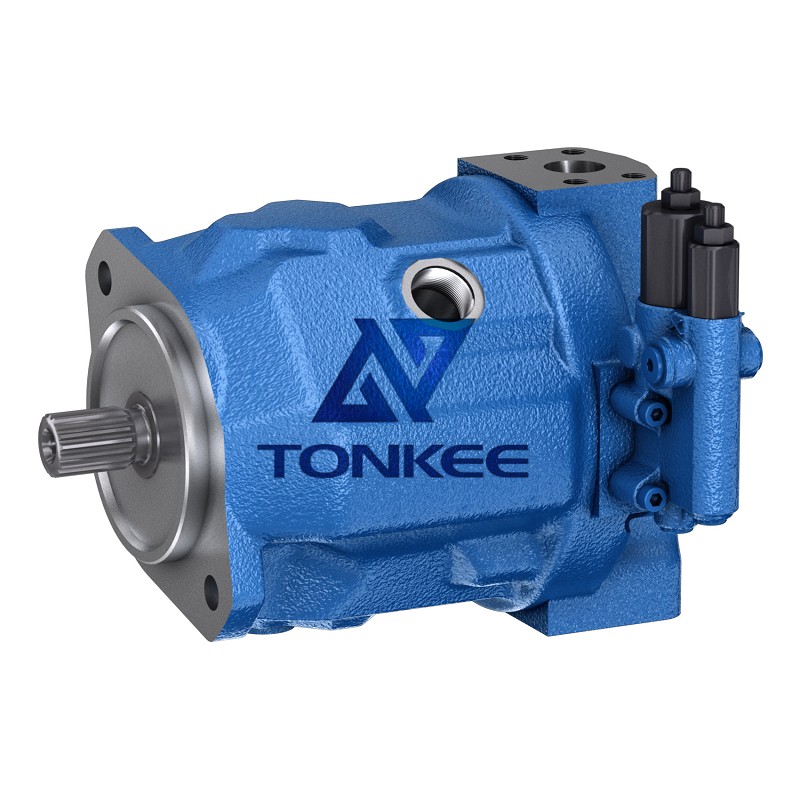
The Parker V14 series hydraulic motor consists of several key components, including the rotor, stator, cylinder block, valve plate, and shaft.
When it comes to replacement parts, each component has specific specifications that need to be considered. Let's take a closer look at each of them:
Rotor: The rotor is the rotating component of the motor and plays a crucial role in converting hydraulic energy into mechanical power. When replacing the rotor, it is essential to ensure compatibility in terms of size, material, and design. The replacement rotor should have the same dimensions and be made of high-quality materials to ensure optimal performance.
Stator: The stator is the stationary part of the motor that surrounds the rotor. It contains the housing and the vanes that transfer fluid pressure into rotational force. When selecting a replacement stator, it is crucial to choose one that matches the specifications of the original stator in terms of size, vane type, and housing material.
Cylinder Block: The cylinder block is responsible for distributing hydraulic fluid to the different chambers of the motor. When replacing the cylinder block, it is important to ensure compatibility in terms of port size, pressure rating, and mounting configuration. The replacement cylinder block should have the same specifications as the original to maintain the motor's performance.
Valve Plate: The valve plate regulates the flow of hydraulic fluid into and out of the motor.
It consists of various valves and ports that control the motor's speed and direction. When selecting a replacement valve plate, it is crucial to consider factors such as valve type, port size, and pressure rating to ensure compatibility with the motor.
Shaft: The shaft connects the motor to the driven equipment and transfers the rotational force. When replacing the shaft, it is important to choose one that matches the original specifications in terms of size, keyway design, and material. The replacement shaft should be capable of handling the motor's torque and speed requirements.







 English
English português
português Русский язык
Русский язык










